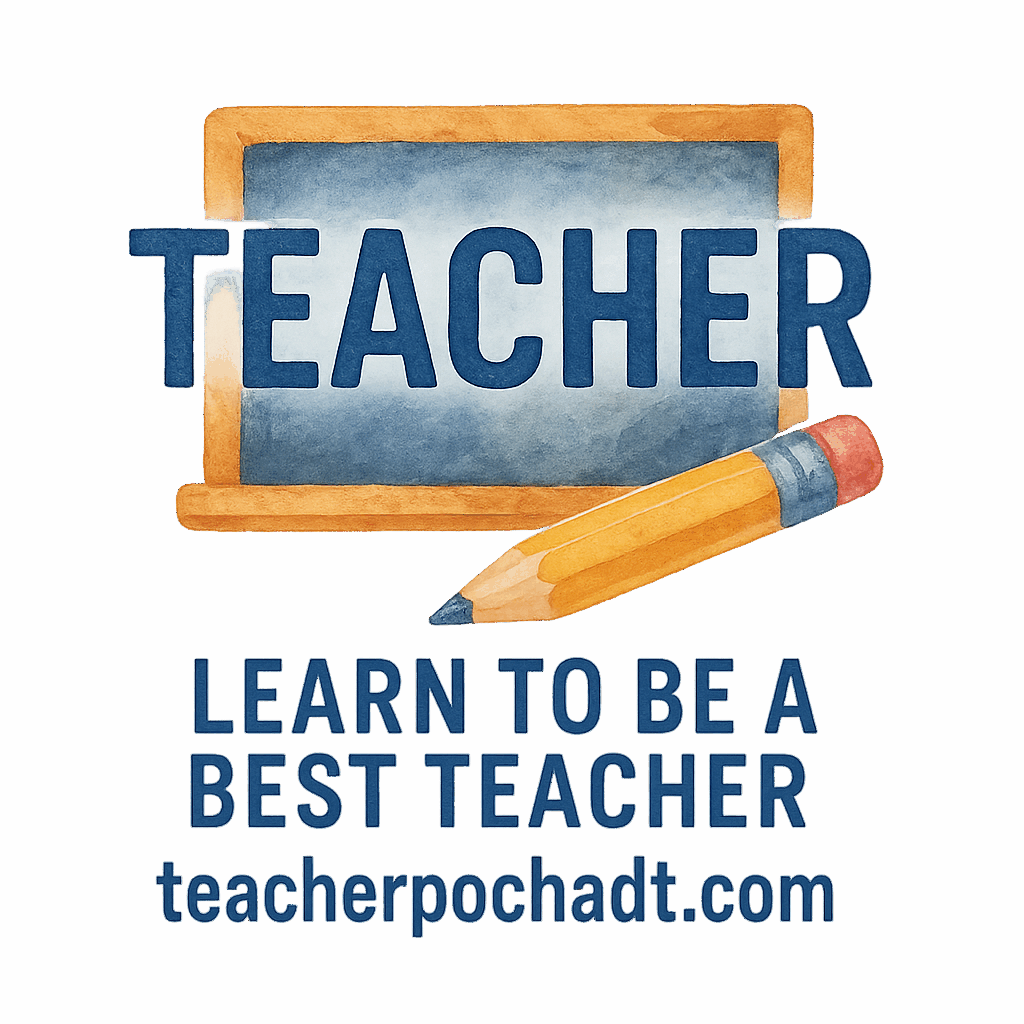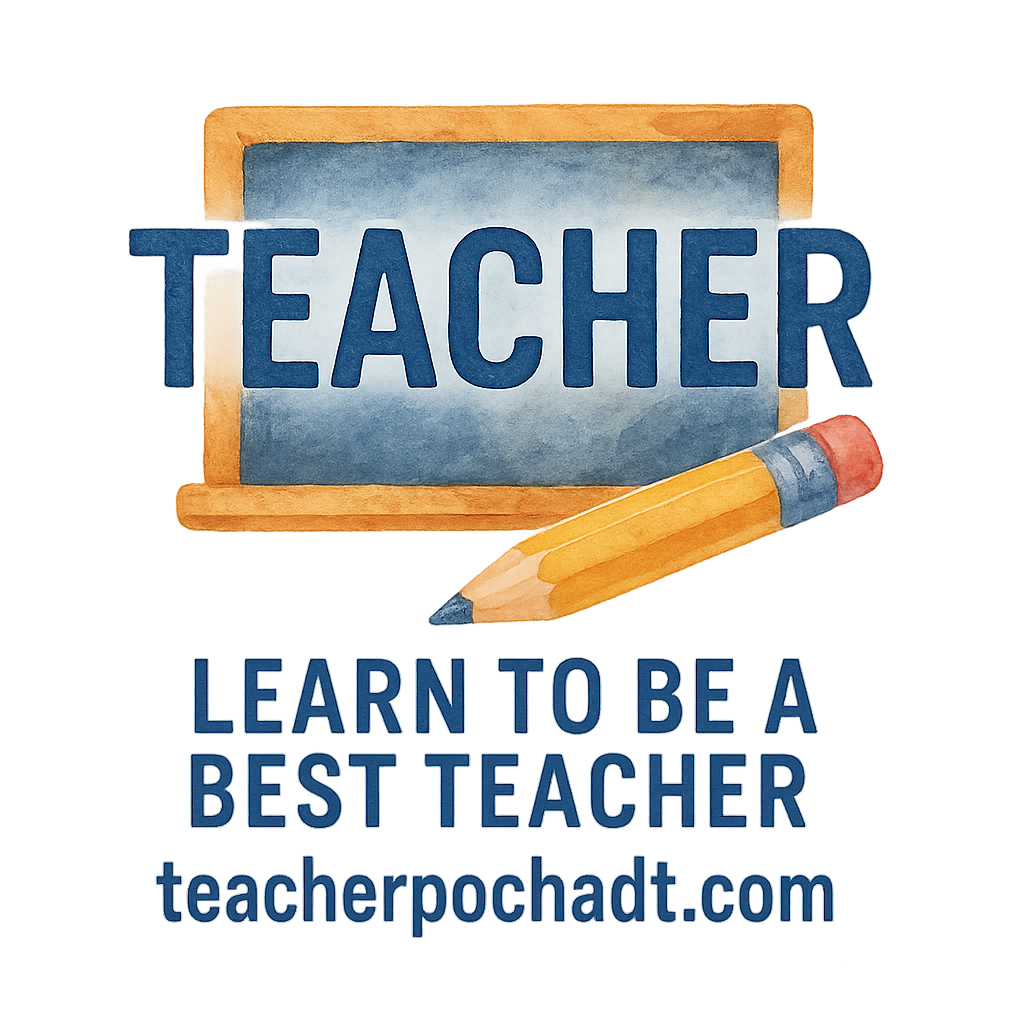Introduction: Embracing Professional Growth as an Educator
As we step into 2025, the world of education continues to evolve, and so should teachers. Professional growth isn’t just about climbing the career ladder—it’s about continuously adapting to the ever-changing needs of students, staying current with new educational tools, and honing your teaching skills to provide the best possible experience for your classroom. So, how can teachers embrace this growth and make this year their best yet? Here are 10 actionable ways a teacher can grow professionally this year.
1. Embrace Lifelong Learning: Always Be the Student
Why Continuous Learning Is Key for Teachers
The most effective teachers are those who never stop learning. Teaching isn’t a static profession; it’s dynamic and ever-changing. By committing to lifelong learning, you can stay on top of new trends, methods, and research in the education field. The world is constantly evolving, and your approach to teaching should too.
Ways to Keep Learning in 2025
- Online Courses and Certifications: Platforms like Coursera, edX, and LinkedIn Learning offer a plethora of courses on pedagogy, classroom management, technology integration, and more.
- Read Educational Journals: Stay updated with the latest research on teaching and learning. Websites like Teacher Pochadt’s Education Journal provide great insights.
- Book Clubs for Educators: Participate in book clubs where you can read and discuss educational literature. Books like The First Days of School by Harry Wong can offer valuable insights for growth.
2. Engage in Professional Development Programs
The Benefits of PD Programs
Professional development (PD) is a key driver of growth. It can expose you to new teaching methodologies, improve your subject knowledge, and give you a network of like-minded colleagues. Engaging in PD helps you stay fresh and innovative in your teaching methods.
Where to Find Quality PD Opportunities
- Local School Districts: Check with your school district for workshops, webinars, and PD days.
- National and International Conferences: Participate in events such as ISTE (International Society for Technology in Education), which covers a range of topics in educational technology.
- Online PD Providers: Sites like Teacher Pochadt’s Teacher Tech offer valuable resources on how to stay ahead in the tech-savvy world of teaching.
3. Build Stronger Student Connections
The Power of Building Relationships with Students
Great teaching goes beyond lesson plans and assessments—it’s about the relationships you build with your students. When students feel heard, respected, and valued, they are more likely to engage and succeed. Building trust and a positive classroom environment can make a world of difference.
Techniques to Deepen Student Engagement
- Active Listening: Take time to really listen to what your students are saying, both inside and outside of class.
- Personalized Learning: Adapt your lessons to meet individual students’ needs. Use tools like Student Engagement strategies to keep them motivated and engaged.
- Cultural Sensitivity: Understand and respect the cultural backgrounds of your students, creating an inclusive classroom culture.
4. Strengthen Classroom Management Skills
Classroom Harmony Leads to Success
A well-managed classroom is essential for an effective learning environment. Strong classroom management minimizes distractions and creates a productive atmosphere. A peaceful and organized classroom helps students focus on learning without unnecessary interruptions.
Effective Classroom Control Strategies
- Establish Clear Expectations: Set clear rules and consequences from the start.
- Positive Reinforcement: Reward good behavior and accomplishments.
- Consistent Routines: Keep daily routines consistent to help students feel comfortable and understand what’s expected.
5. Experiment with New Technology and Tools
How Technology Is Changing the Classroom
Incorporating technology into your classroom is no longer optional—it’s a necessity. Tools like interactive whiteboards, online assessments, and virtual learning platforms are transforming how we teach. Keeping up with technological advancements is a surefire way to grow professionally.
Must-Have Digital Tools for Teachers
- Learning Management Systems (LMS) like Google Classroom or Moodle to organize assignments and communicate with students.
- Interactive Learning Tools like Kahoot! or Quizizz to make learning fun and engaging.
- Educational Apps: Explore apps like Flipgrid and Seesaw for student collaboration and feedback.
For more on how to integrate tech in your classroom, check out Classroom Technology.

6. Improve Communication with Parents and Colleagues
The Importance of Strong Teacher-Parent Communication
Being an effective communicator is a key aspect of professional growth. Teachers should strive to maintain open and ongoing communication with parents, keeping them informed about their child’s progress, challenges, and successes. Building strong relationships with parents can lead to better support for students.
Collaborating with Colleagues for Success
Working together with fellow educators can be a great way to exchange ideas and resources. A collaborative environment fosters growth and can provide valuable insights into improving your own teaching.
7. Reflect on Your Teaching Practices
Why Teacher Reflection Is Crucial
Reflection is a powerful tool for growth. It allows you to assess what’s working and what’s not, so you can adjust your approach for better results. Taking the time to reflect on your teaching practices can help you identify strengths and areas for improvement.
Tools for Effective Self-Reflection
- Journaling: Keep a journal to track your thoughts, successes, and challenges.
- Peer Observations: Observe other teachers and invite them to observe you. Feedback from peers is invaluable.
- Teaching Portfolio: Create a portfolio that includes your lesson plans, feedback, and student work to reflect on your progress.
8. Attend Conferences and Workshops
Learning from Experts in the Field
Conferences and workshops offer a chance to learn from experienced educators and experts in your field. Networking with fellow educators can open doors to new ideas and resources that can enhance your teaching.
Top Conferences Every Teacher Should Attend
- National Education Association (NEA) Conference: A must-attend for teachers looking to stay current with education trends.
- International Society for Technology in Education (ISTE): Focuses on the role of technology in education.
- Regional Education Conferences: Many areas have local conferences that focus on specific teaching challenges.
9. Seek Mentorship or Coaching
The Value of Having a Mentor
A mentor can be a huge asset to your professional growth. They provide guidance, support, and advice based on their years of experience. A mentor can help you navigate the challenges of teaching and provide strategies for success.
How to Find a Mentor or Coach
- Reach Out to Experienced Teachers: Connect with more seasoned educators who can offer advice.
- Online Mentorship Programs: Many websites and communities offer online mentoring for teachers.
- Educational Networks: Join professional networks or teaching associations where mentors are available.
10. Set Clear Goals for Personal and Professional Growth
Setting SMART Goals as a Teacher
Setting clear and achievable goals is essential for growth. Use the SMART criteria—Specific, Measurable, Achievable, Relevant, and Time-bound—to set goals for yourself that will push you to improve and refine your teaching practices.
Tracking Your Progress Towards Professional Growth
- Regularly Review Your Goals: Keep track of your progress and make adjustments as necessary.
- Celebrate Milestones: Recognize and celebrate your achievements to stay motivated.
Conclusion: Take Charge of Your Professional Growth Journey
Professional growth is a journey, not a destination. The strategies outlined above are just the beginning of what can be an exciting and rewarding year of development. By committing to your growth as an educator, you’ll not only enhance your own career but also create a better learning experience for your students. Take action now and make 2025 your year of growth!
FAQs
- How can I continue learning while teaching full-time?
Take advantage of online courses, podcasts, and reading during your free time. Integrating learning into your daily routine can help balance both. - How can I improve student engagement?
Use interactive activities, technology, and personalized lessons to create a dynamic and engaging classroom environment. - Why is professional development important for teachers?
PD helps you stay current with new teaching strategies and technologies, making you a more effective educator. - What are some good professional development resources for teachers?
Look for PD programs offered by your school district, educational conferences, or online platforms like Coursera and edX. - How can I improve my classroom management skills?
Establish clear expectations, maintain consistency, and use positive reinforcement to create a harmonious classroom. - What is the importance of teacher reflection?
Reflection helps you identify what’s working and what needs improvement, allowing you to adapt your teaching methods accordingly. - How do I find a mentor as a teacher?
Reach out to more experienced teachers in your school or online educational networks for mentorship opportunities.


